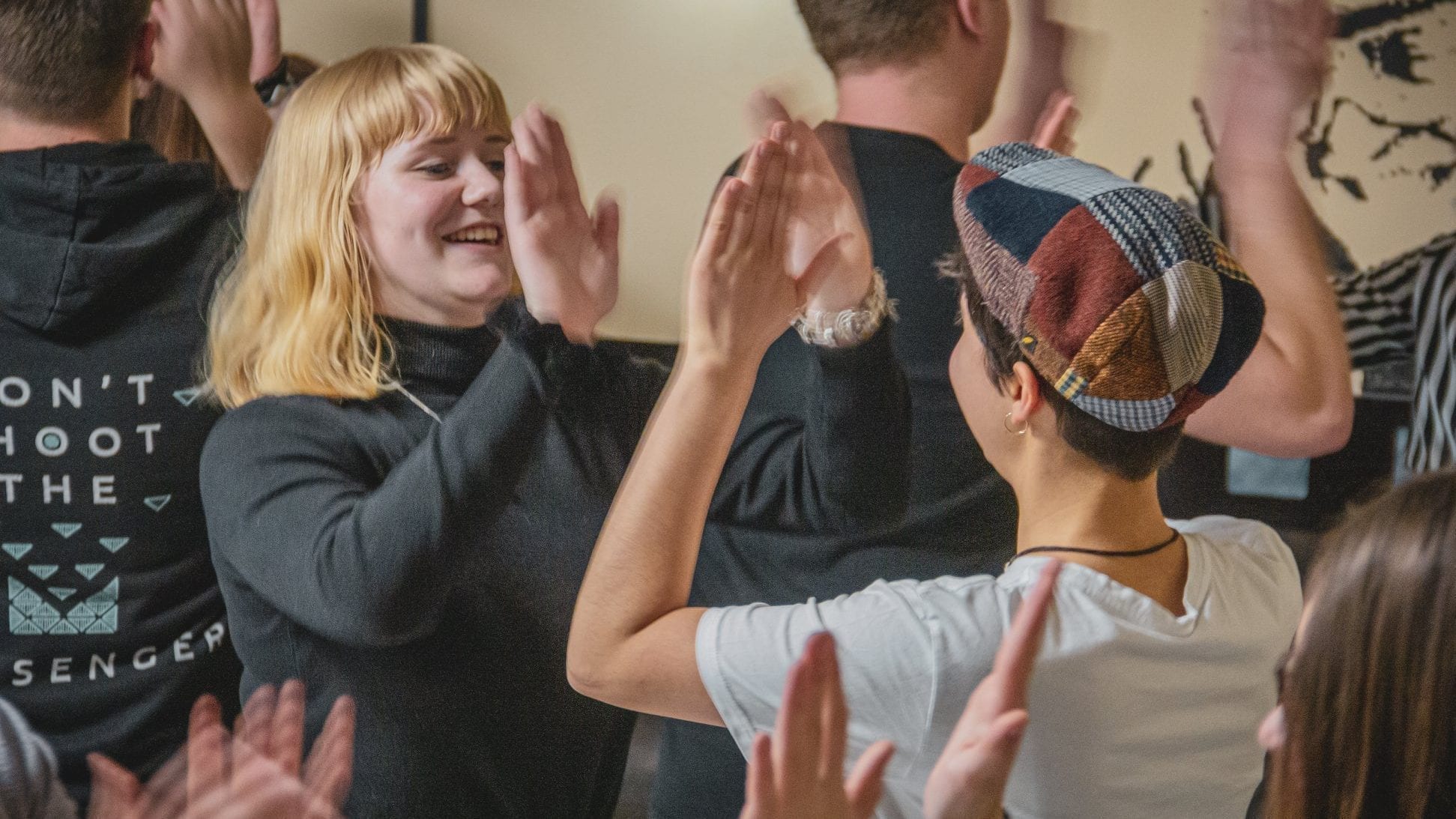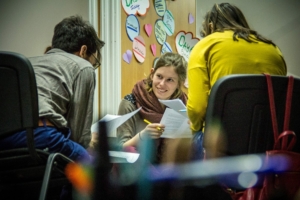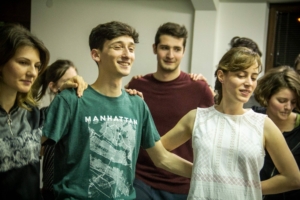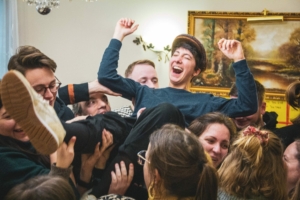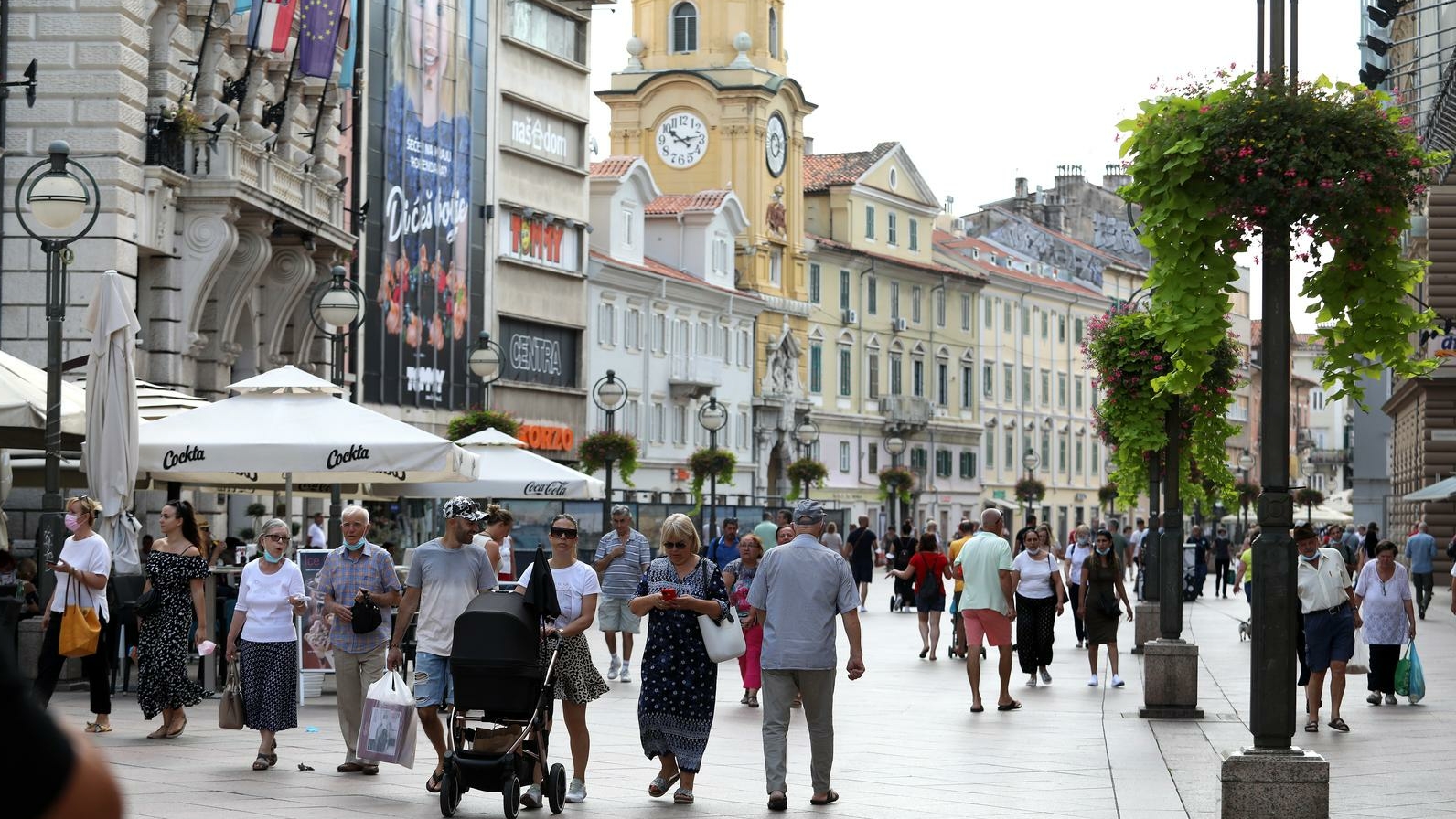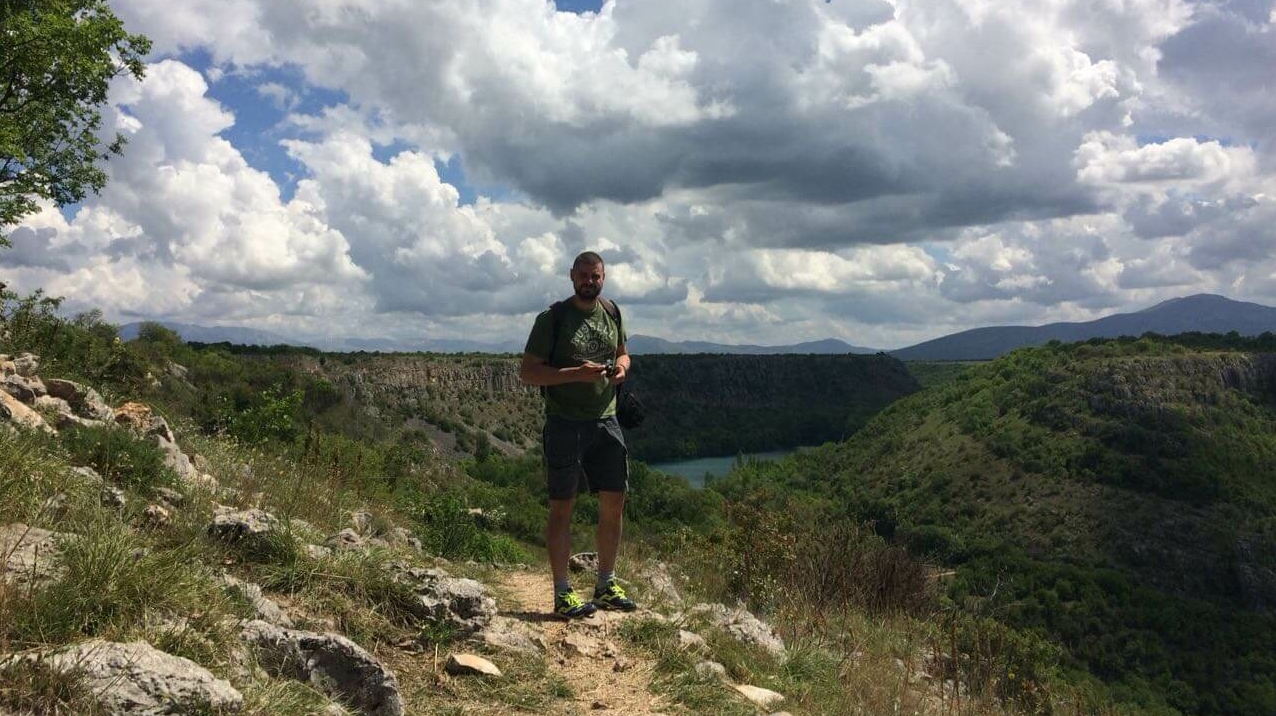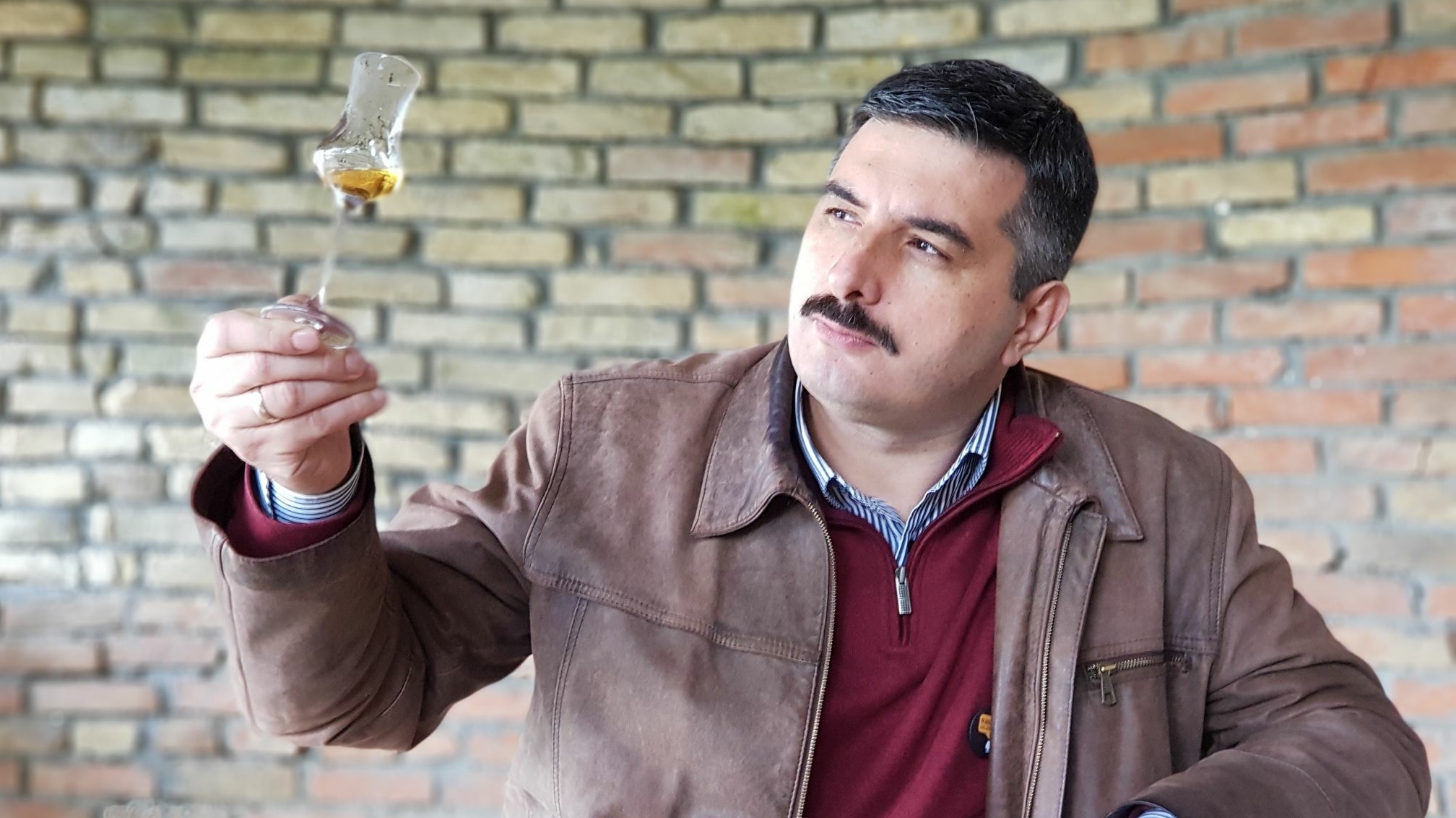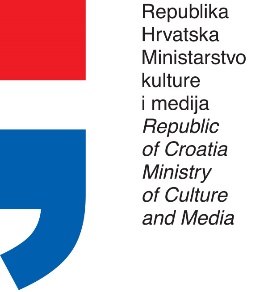Constructive dialogue and tolerance are some of the basic assumptions of any society that aspires to be multicultural, and one of the driving social interests to achieve this is the possibility of education in the native language. An important document promulgated by the Council of Europe is the White Paper on Intercultural Dialogue, which highlights primary and secondary education as a basis for understanding and managing diversity and openness to other cultures. In addition to UNESCO, many European organizations promote intercultural learning, and the most active actor in the field of education in the European Union is YEN – Youth of European Nationalities, based in Berlin. Numerous members constitute a network of organizations of young members of national minorities from all over Europe. The network includes large organizations, such as the Südtiroler Jugendring with around 80,000 young people, but also includes smaller organizations, such as the Kashubian-Pomeranian Association in Poland and Junge Spitzen in Denmark. – The state of education offered to minorities across Europe is manifold. Most national education systems lack a holistic approach, and the principle of lifelong learning remains unfulfilled, YEN President Andor Barabás says for P-portal and points out that there are a number of quite positive and innovative examples of education systems that can be considered role models for other European regions. – For example, Italian speakers with their trilingual kindergartens and schools have excellent access to education. The educational model of the Western Frisians in the Netherlands has also proven to be progressive and can have a positive impact on the development of other education systems, Barabás points out. As for the opportunities for education of the Romani people, the Burgenland Croats and the Lusatian Sorbs, the picture is somewhat mixed. – While they have good legal conditions, the systems in practice show a number of shortcomings – out-of-date educational materials, teacher shortages, insufficient teaching methods, inadequate language education at higher levels and in universities, lack of public recognition, prejudices against the language and insufficient understanding of the struggles faced by minorities. On the other hand, we also monitor and welcome involvement and engagement of European institutions in the field of national minorities and education. On 1 July 2020, the Council of Europe’s Committee of Ministers adopted a Recommendation that, for the first time ever, calls on its 47 member states to include the history of Roma and/or Travellers in school curricula and teaching materials. The Recommendation “calls for countering persistent anti-Gypsyism by offering a balanced and contextualized teaching of Roma and/or Travellers’ history, reflecting both their national presence, historical context and their common history as people present in Europe for centuries”. This is also an important step and crucial recommendation that we as YEN welcome very much – Barabás concludes.
Young people learn from each other and about each other
The core of YEN’s interest and work is education through formal and informal models, self-reflection and teamwork. It is usually a specific topic that lasts a year, and the topic next year will be stories and narratives under the title “Changing the Narratives”, which emphasizes a more careful view of the story we tell about ourselves as individuals.
Stories told about marginalized communities are often one-sided, oversimplified or wrong and negative
– We at YEN do not aim to educate young people in a traditional sense of education; rather, we believe that, given proper conditions, young people can learn from each other in a more sustainable way. The subjects we have tackled so far are democracy, human rights, social inclusion, discrimination, etc. We have also been working on intersectionality in recent years, looking at other social groups and their experiences of discrimination. In the context of “Changing the Narratives”, we can say that we are surrounded on a daily basis by narratives that affect our thinking. Sadly, this often means that only one-sided, over-simplified or wrong and negative stories are told about marginalized communities. This is exactly why it is important to understand and critically question how narratives and stories are written and distributed. With our activities in 2021 we want to contribute to making European society more diverse, and we therefore focus on self-representation of young people from national, ethnic and linguistic minorities – Barabás commented.  So far, YEN has implemented numerous projects in revitalizing and strengthening cultural identity issues, and one of the most comprehensive projects is the Herald of Minorities from the Minority Messengers Project from 2018 to 2020, which enabled members of national minorities to visit each other and learn more about their tradition and culture, but also about the problems that minorities face or the best practices they have in language, media and education. This year the project entered the next stage and a document titled State of Young People from Minorities in Europe is being drafted. Such projects systematically encourage and transform education, and, according to Barabás, with this document YEN wants to strengthen its position in civil society and the connections within its network, partners and European institutions through documentation and sharing of expertise, data and knowledge of working with young people belonging to national minorities, thus working to fill the “content gap” on the current situation of minorities in Europe.
So far, YEN has implemented numerous projects in revitalizing and strengthening cultural identity issues, and one of the most comprehensive projects is the Herald of Minorities from the Minority Messengers Project from 2018 to 2020, which enabled members of national minorities to visit each other and learn more about their tradition and culture, but also about the problems that minorities face or the best practices they have in language, media and education. This year the project entered the next stage and a document titled State of Young People from Minorities in Europe is being drafted. Such projects systematically encourage and transform education, and, according to Barabás, with this document YEN wants to strengthen its position in civil society and the connections within its network, partners and European institutions through documentation and sharing of expertise, data and knowledge of working with young people belonging to national minorities, thus working to fill the “content gap” on the current situation of minorities in Europe. 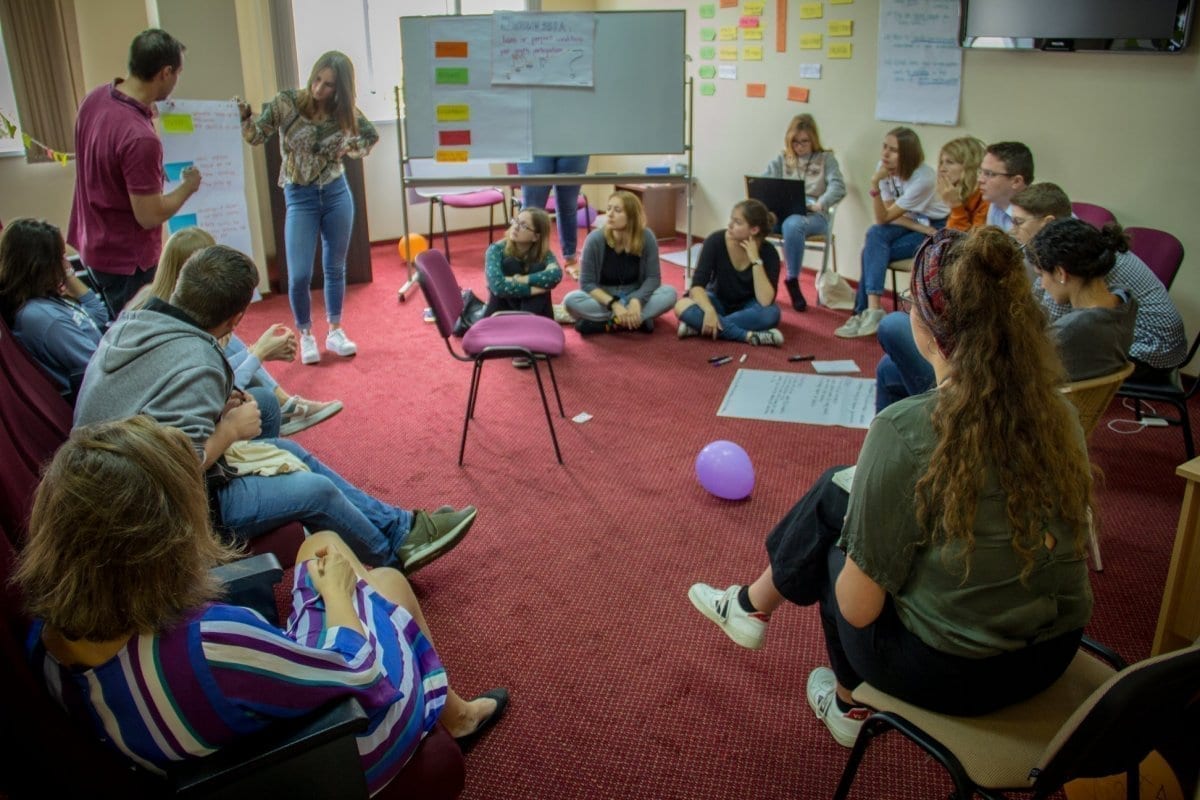 – One of the projects we are currently working on is the Booklet on Project Management in Youth Organizations. Besides describing the main steps of project management, we also want to share good practices from our member organizations so that other partners and members can see these experiences – Barabás points out.
– One of the projects we are currently working on is the Booklet on Project Management in Youth Organizations. Besides describing the main steps of project management, we also want to share good practices from our member organizations so that other partners and members can see these experiences – Barabás points out.
Printed materials and other written information related to minority issues are published to support members of the organization and young people active in these organizations. However, due to limited resources and capacities, there are currently no printed materials that specifically and exclusively concern educational topics at the level of the research institution. Nevertheless, Barabás also points out alternative methods of learning the native language and script.
– We offer a platform and create possibilities for young people from minorities to meet, learn from each other and about each other and their languages or cultures, our interlocutor points out.
Croatia in relation to European standards
Although the financial circumstances for the education of national minorities in Croatia are significantly poorer compared to European standards, the platform Good Initiative can be said to be a counterpart to YEN. The Good Initiative brings together a network of associations such as the Centre for Peace Studies, the Forum for Freedom in Education and the Rainbow Family, which deal with education and promotion of civic education. The Good Initiative was joined by some dozen enthusiasts, including linguist Nina Čolović from the Serbian National Council with her group Informally Unequal, which focuses on vulnerable groups of children: members of national minorities, children with special needs and refugee children. The group has brought together circles of various experts for the purpose of mapping general difficulties concerning vulnerable groups, as well as the current problem of distance learning.
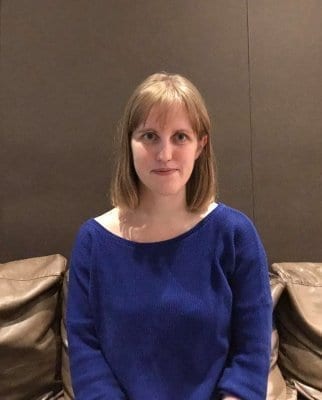
– The Good Initiative is actually the basis for the incorporation of different national minorities in order to connect marginalized groups of children, which in a way would constitute a majority. I handle the moderation and organization of the expert circles, each tailored to a specific group of children. The children’s education circle aims to bring together different national minorities in order to compare different contexts and impacts on those segments of education that can be improved. The circles serve to map the situation and are a kind of starting point from which concrete activities follow, and many common problems have been identified that can now be shared and are being actively worked on, Čolović explained. The education of national minorities in the European Union is hampered, among other things, by the lack of a holistic approach to learning, while in Croatia there is a lack of concrete institutionalization and a large number of activities are based on the enthusiasm of a few. – Teachers face a lack of textbooks and quality materials because standard content cannot be online; furthermore, many children in rural areas lack the basic necessities of life and thus remain deprived of education. In addition, distance learning during the pandemic has been adjusted only for the majority, so we sent several letters and suggestions to the Ministry of Education and Science, but also to the Croatian Radio-Television, citing the Constitutional Law and the Law on Education for broadcasting series of films in foreign languages for young people and children in the available time slot. This is precisely in order to achieve exposure to the language, which is important for communication, dialectal exchange and familiarisation with those fragments of culture that cannot be heard in schools, Čolović explained the biggest problems children currently face in the Republic of Croatia.
Activities depend on enthusiasts
There is no systematic mechanism that protects minorities in terms of education in the language and script of national minorities, but despite this, the Republic of Croatia is a signatory to certain conventions of the European Union and in that sense there is room for a solution. – First of all, we cannot allow children to handle the teaching tools on their own. In some areas with difficult economic circumstances, children lack elementary preconditions such as an internet connection, so broadcasting via TV would be the minimum that can be done. We, as a group of enthusiasts, are working on this and trying to spread the idea to others who want to go in this direction, but all activities are currently based on personal motivation because there are problems with project work in associations. Donors set the topics and fieldwork and logistics are limited by financial resources. The Ministry of Education and Science has made a step forward by opening an online database with contents for education in the minority language and script that should be covered in distance learning. However, there is a lack of modification and adaptation of these contents and the school on HRT 3 is, in a way, a failure of the Ministry, so we can say that children from national minorities and generally vulnerable groups of children in that case become invisible. I would also like to point out that teachers need more practical professional training and a very redefinition of the educational process, where researchers together with teachers would improve didactic methods through joint lectures and discussions, Čolović concluded.
Neglected integrative role of school
Research concerning the education of national minorities exists, so an interesting starting point for cooperation between researchers and teachers would be the results obtained as guidelines for future endeavours. An example is the project of Prof. Dinka Čorkalo Biruški, PhD, from the Department of Psychology at the Faculty of Humanities and Social Sciences in Zagreb. It was implemented between 2015 and 2019 and dealt with integration processes in ethnically mixed communities, children’s relations and educational and socialization challenges. Student-parent relationships in four multiethnic communities were surveyed on a large sample with a very extensive survey questionnaire.
Minority classes are not attended exclusively by members of the ethnic minority in question, but also by others living in the area. This is not the case in Serbian language classes, which are attended almost exclusively by members of the Serbian minority
–Very generally speaking, the research showed clear contextual differences between the four environments. We called them the Croatian-Czech, Croatian-Hungarian, Croatian-Serbian and Croatian-Italian context, based on the typical majority-minority interaction characteristic of each individual environment. Particularly relevant is the finding that minority classes in all areas are multiethnic, meaning that they are not attended exclusively by members of the ethnic minority whose classes are in question, but also by others living in that area. This is not the case only in Serbian language classes, which are attended almost exclusively by members of the Serbian minority. It also turned out that interethnic friendships are the rarest in the Croatian-Serbian context – specifically, in classes in Serbian and Croatian in Vukovar. Other indicators of interethnic relations are also poorer in this context compared to other contexts, suggesting that further work needs to be done on the integrative role of the school. So far we have done a lot of research on these issues, and this one you mention is the last in a series of studies, so it would be good if the results of this and other research really begin to be taken into account when it comes to creating minority education and education policies in general. We have been advocating for years, based on our results, the introduction of joint extracurricular activities in which children from different classes would come into contact with each other, socialize based on common interests, cooperate and develop mutual relations and thus create the potential for building integrated communities, Čorkalo Biruški states.
Croatian laws are among the best
If we take into account the comparison of the education of national minorities in the Republic of Croatia in relation to the European Union, there are currently no concrete comparative studies, but there are some comparisons of practices.
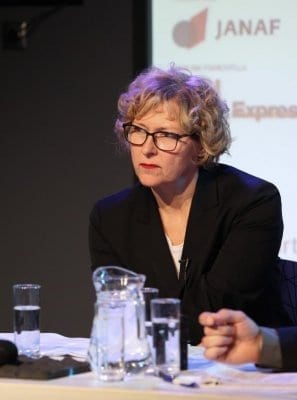
– There are currently no concrete comparative studies of the education of national minorities in the Republic of Croatia in relation to that of the European Union, but there are some comparisons of practices.- Until our research IntegraNorm, financed by the Croatian Science Foundation, and whose results I mentioned earlier, there was no research in Croatia that would compare the experiences of education of different national minorities and their implications for interethnic relations in such a comprehensive way. However, there are comparisons of practices in different European countries, and it is important to emphasize that they are very complex and interpretatively very dependent on the context. Different European states – to take only them as the example – have different practices, which also depend on the definition of the state, minority groups, the notion of collective rights, historical circumstances, etc. Nevertheless, the European space with its declared documents ensures the protection of minority groups and especially minority languages, and when it comes to educational policies, I would dare to say that the Croatian legislative framework, but also educational practice, is among the best in terms of opportunities and protection of minority rights –Čorkalo Biruški commented. Čorkalo Biruški points out the research of pedagogue Dr. Blažević Simić in five European countries – Austria, Hungary, Germany, Serbia and Croatia – as an interesting and important comparative study of minority educational practices. – This research describes well the common starting points of European declarations and the normative framework, but also the specifics shaped by the concrete and unique circumstances of each country. I think there is no need to expect the existence of a unique model of minority education, but examples of good practice should be noted and learned from, always keeping in mind that the specifics of the context require specific solutions. However, in my opinion, the most important thing is to find the balance between two fundamental rights of the child: the right to preserve one’s identity and the right to grow up in an integrated community, Čorkalo Biruški explained.
Respecting diversity, but regaining trust first
A comparison of the perception of multicultural life in general in Croatia and that of the European Union showed that members of the majority and minority in the multiethnic communities where the research of Prof. Čorkalo Biruški was conducted highly value multiculturalism as a value and do not support assimilation. – This is a very important indicator that in these areas there is an important predisposition to respect the values of multiculturalism and diversity. The way in which a community will develop these patterns strongly depends on a number of circumstances – the size of the minority or minorities, their integration, the history of the relationship between the minority and the majority, the visibility of minorities, the protection of their rights and common majority-minority practices. In this sense, some of our regions are more intercultural than others – Istria for example, but also the Daruvar area, where we witness the high level of integration of the Czech minority and the Croatian majority. Istrians, for example, are very proud of their region, pointing out that multiculturalism and interculturalism are necessary, indispensable features of their environment, so they state these values as features of social life without which Istria is inconceivable. Fortunately, Slavonia and Baranja did not lose their ethnic diversity as a result of the war, but they did to a large extent lose mutual reciprocity and trust, especially when it comes to relations between Croats and Serbs. We have to work on these relations carefully and persistently, persevering every day, bearing in mind the fact that we have something to rely on – decades of living together, as many interlocutors in our research point out, Čorkalo Biruški states. Finally, whether Croatia faces a lack of finances, institutional sluggishness or general disinterest when it comes to the education of national minorities, Čorkalo Biruški sums up the question under the common term of neglect, but also points out that the “majority” education does not have a big advantage in this sense either. – Our interest is often declarative, and politicians’ interest in educational policies rapidly wanes, usually just a day after winning an election. This situation repeats itself over and over again. Therefore, as long as we treat education as an attractive pre-election political slogan and a post-election cost, neither majority nor minority education will improve. Our research results clearly show that before any decision is made about models, all parents indisputably share one common value – they want the (best) quality education for their children and see education as their social chance. It is the task of the state to make sure that comes true, Čorkalo Biruški concluded.

